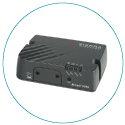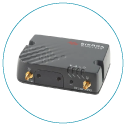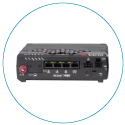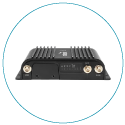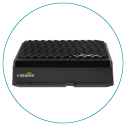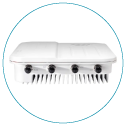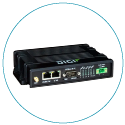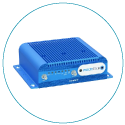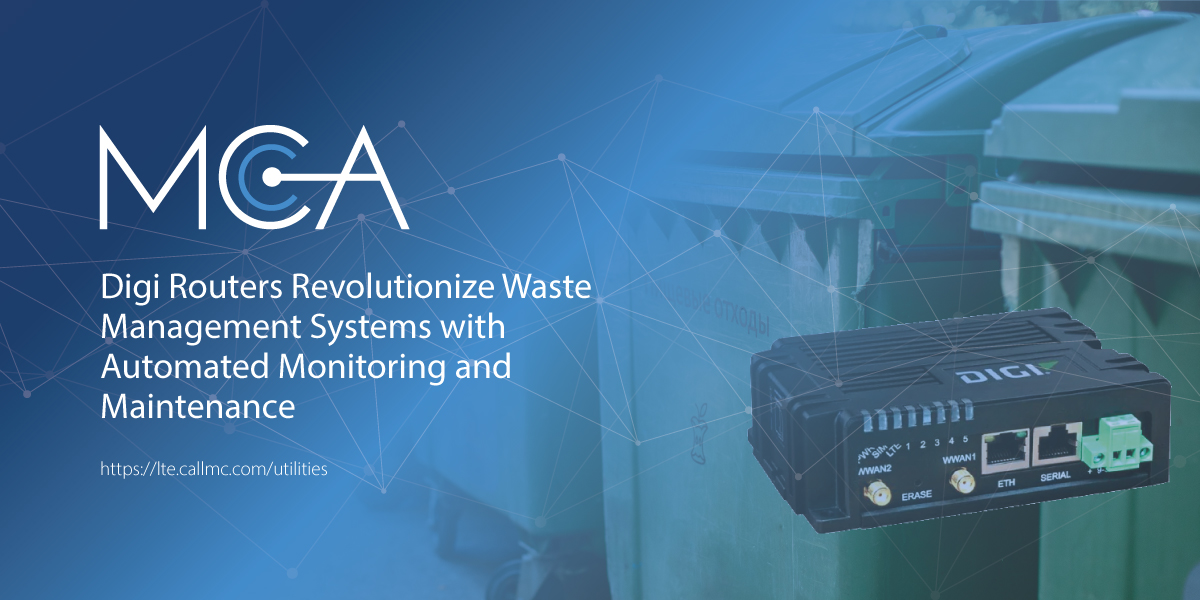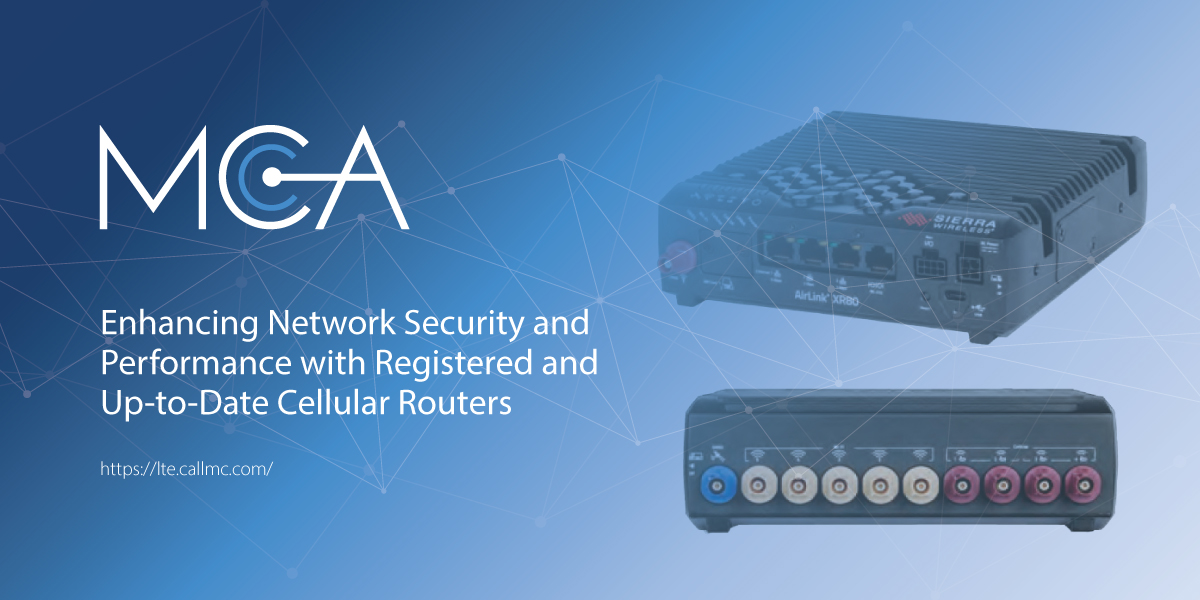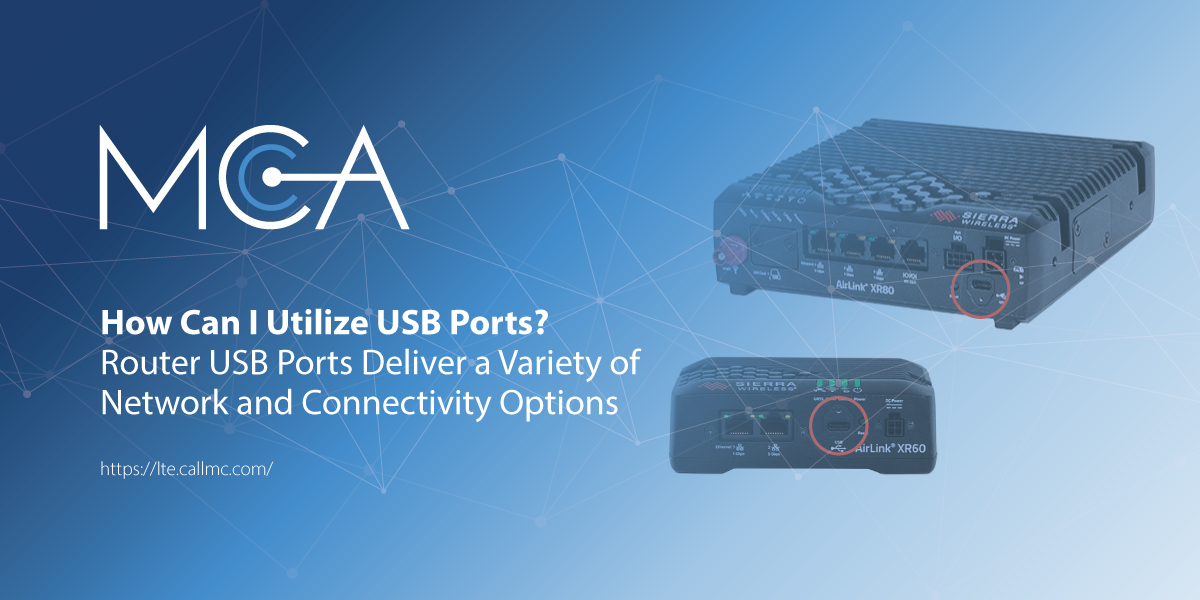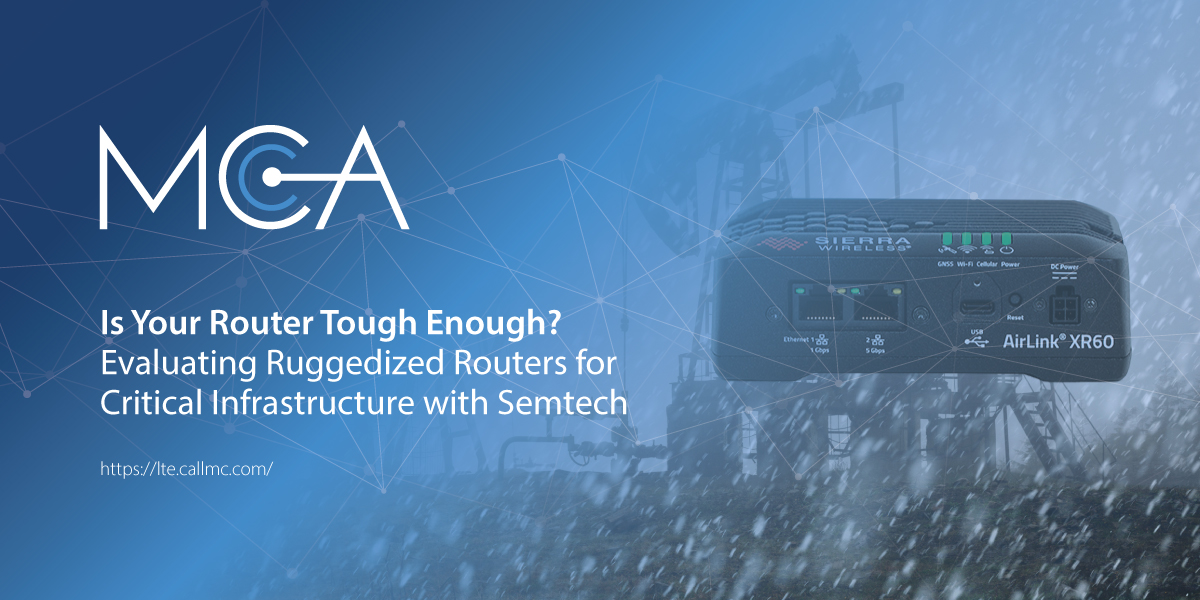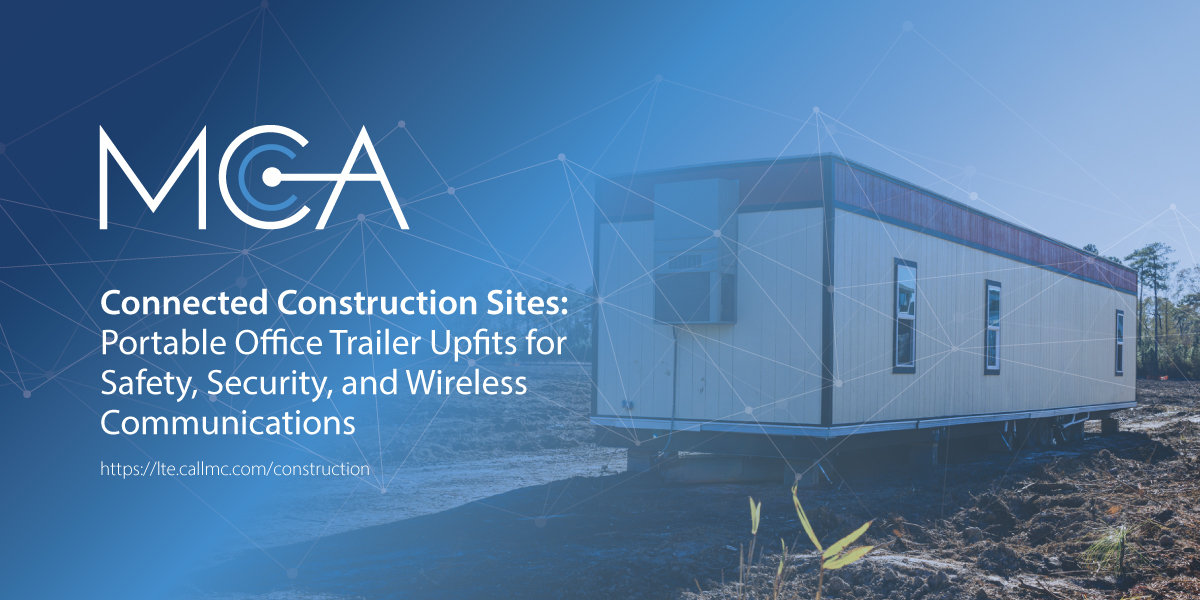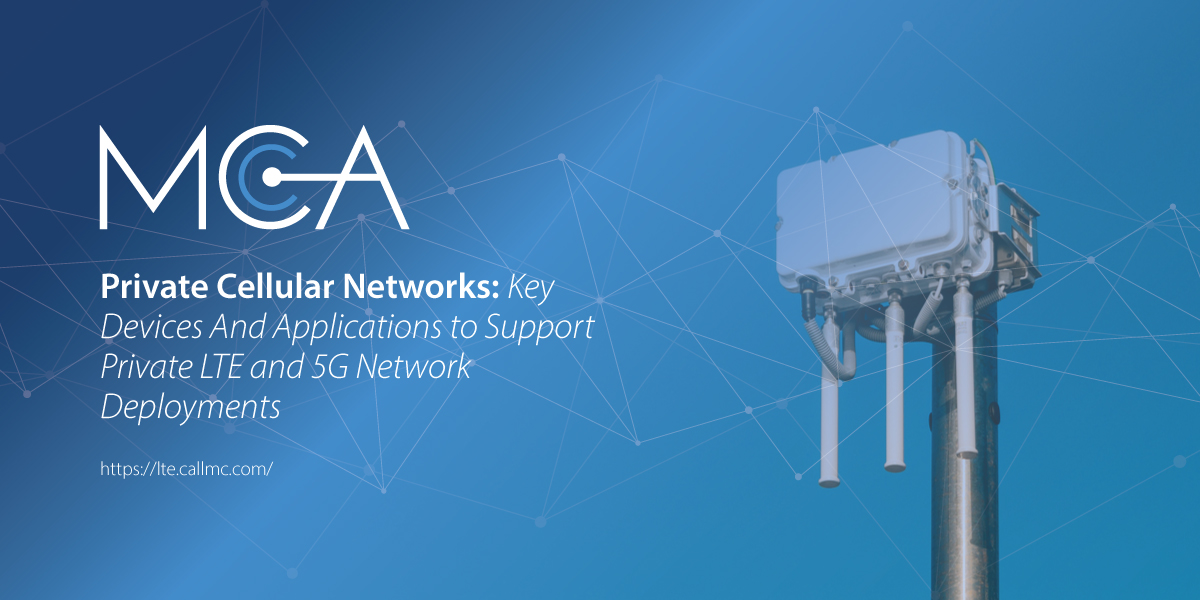One Of The World’s Largest Car Manufacturers Required Streamlined and Predictive Maintenance To Avoid Line Disruptions
Reducing operational expenses and enhancing maintenance services are significant concerns for automotive manufacturers, and this holds true for a French manufacturing facility operated by an automotive company whose headquarters are in another European country.
In addition to being world-renowned for its automobiles, this manufacturer produces engines for various applications, including trucks, industrial power systems, and boats, and utilizes Autonomous Guided Vehicles (AGVs) to help facilitate the production of these large engines.
Deploying Autonomous Guided Vehicles In Manufacturing Facilities
How Do AGVs Work?
Additional Technologies Means Additional Challenges
By deploying AGVs in their facility, the company was able to experience greater flexibility throughout the production chain when compared to a traditional fixed production line. However, additional technologies mean additional challenges to consider.
Each AGV is powered by a 24V battery, and when the voltage drops below 22V, the AGVs completely stop working, causing disruptions in the production chain that result in a loss of approximately two engines per week.
To address this issue proactively, the company’s IoT team within the Digital & IT division that supports the factory conceived a wireless system for predictive maintenance. Initially, the team explored using Wi-Fi technology, but the 2.4GHz band was already allocated for critical processes in the production line.
To circumvent this challenge, the IoT team turned to LoRaWAN protocol designed for connecting battery-operated devices to the internet, suitable for powering the fleet of AGVs, and that offers advantages like long-range communication, resistance to interference, and a secure and adaptable network architecture.
The team also deployed LoRaWAN sensors on each AGV to periodically collect battery voltage data (below 23V) and detect battery failures.
What Is LoRaWAN?
LoRaWAN - or Long Range Wide Area Network - is a wireless communication protocol tailored for the Internet of Things (IoT). It excels in providing long-range, low-power connectivity for IoT devices.
LoRaWAN is known for its extensive reach, often spanning several kilometers and its energy-efficient design that allows IoT devices to operate on batteries for extended periods. It's particularly well-suited for applications requiring small data transfers, making it ideal for sensor-based systems in the manufacturing industry. Additionally, LoRaWAN ensures data security, supports two-way communication, and offers scalability to accommodate thousands of devices in a single network, making it a versatile choice for connecting IoT devices in large and evolving manufacturing facilities.
IoT Allows for Predictive Maintenance
The complete predictive maintenance system that was deployed within the facility consists of LoRaWAN sensors on every AGV, a private LoRaWAN network, a maintenance platform, a mobile application, and screens distributed throughout the factory to display real-time AGV status.
With this new system in place, the maintenance team receives low-voltage notifications that allow them more time to move the AGVs to charging points without disrupting production. These alerts also make it possible for the maintenance team to schedule interventions to prevent or remediate battery failure in a way that doesn’t impact the facility's overall productivity.
The connected factory, equipped with LoRaWAN technology, has opened up exciting new opportunities for the organization. Additional sensors have been integrated for non-AGV purposes, including a temperature and humidity sensor for paint quality improvement and pressure difference sensors for monitoring filter clogging.
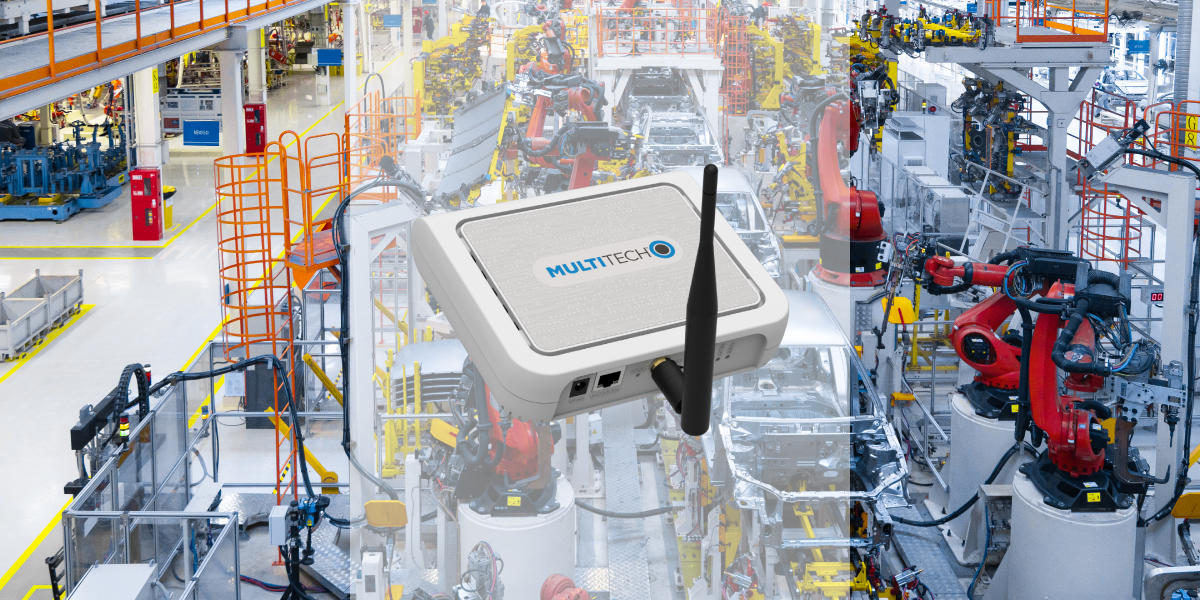
LoRaWAN Solutions
LoRa Sensors
LoRa Gateways
LoRa Access Points
LoRa Base Stations
About MCA and Our CNS Team
MCA is one of the largest and most trusted integrators in the United States, offering world-class voice, data, and security solutions that enhance the quality, safety, and productivity of customers, operations, and lives. More than 65,000 customers trust MCA to provide carefully researched solutions for a safe, secure, and more efficient workplace.
Our Cellular Networking Solutions (CNS) team (formerly known as USAT) is made up of certified experts in designing and deploying fixed and mobile wireless data connectivity solutions for public and private enterprises nationwide - complete with implementation, training, proof of concept (POC), system auditing, and on-site RF surveying services with optional engineering maintenance contracts.
Our extensive catalog of world-class routers, gateways, and software designed for remote monitoring and management in even the harshest environments allows us to deliver a full suite of reliable technologies capped with a service-first approach.
Share this Post


